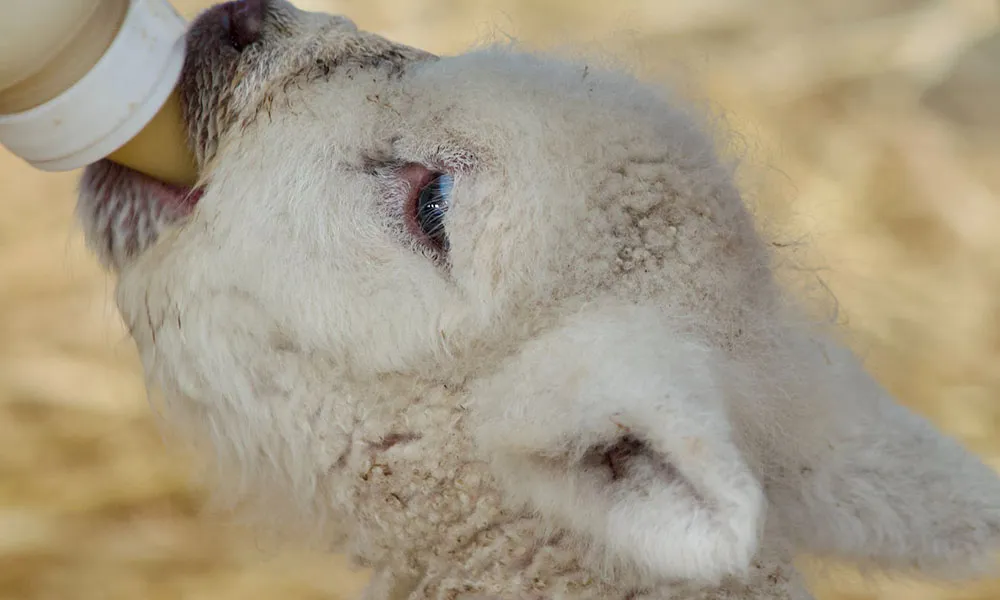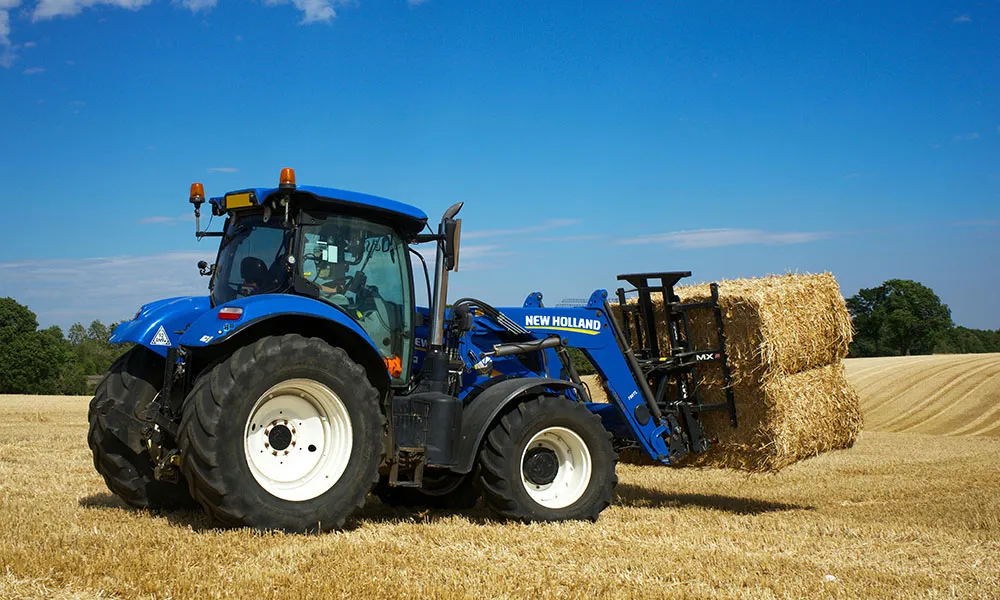
Colostrum and lamb survival
With lambing season now getting underway, it is important to acknowledge the key role that colostrum plays in getting newborn lambs up and running. In fact, an adequate supply of colostrum is the most important weapon in our arsenal at this time of year. Having colostrum on hand over the lambing season will allow you to intervene promptly if a ewe is not producing enough to sustain her lambs.
What is colostrum?
Produced by ewes during the later stages of her pregnancy, colostrum (also called beestings) contains a number of important antibodies that a newborn lamb needs to consume as soon as possible after birth. Once the colostrum is consumed and the antibodies absorbed into the animal’s blood, they provide the lamb with passive immunity against a range of diseases that will, otherwise, kill it. In addition, colostrum helps to clear the lamb’s digestive tract .
However, it is important to note that colostrum does not provide passive immunity indefinitely. Immunity will decline within the first three months of the animal’s life. Thereafter, vaccinations may be required to protect lambs against fatal illnesses.
How much colostrum do lambs need?
As a general guide, it is recommended that lambs receive 5% of their bodyweight in colostrum ever six hours for the first twenty-four hours of life. This means that, where the ewe is not producing colostrum herself, the appropriate amount of colostrum should be administered four times in the first day.
Colostrum options
Ideally, the ewe will be able to provide her lambs with adequate colostrum and no intervention will be needed. We do not, however, live in an ideal world and there is rarely a year when at least one colostrum-related intervention is not required.
There are a few options available for the supply and storage of colostrum. In the first instance, you can get it from ewes that have lost a lamb or that are producing more than their own lamb needs. Colostrum can be stored effectively in a fridge for a month or more, but you may also wish to freeze it. Frozen colostrum will stay good for half a year.
Alternatively, you can use cow colostrum if you have access to any of this. Personally, I am not a big fan of this approach though. Cow colostrum is not as potent as ewe colostrum, meaning that lambs need more of it to get all of the antibodies they need to survive and thrive. It is generally recommended that lambs receiving cow colostrum should be given thirty percent more than they would get if they had access to ewe colostrum.
If using cow colostrum, it is important to check that the donor cow has been vaccinated against clostridial diseases.
Alternatives
In my view, some of the colostrum substitutes are as effective as cow colostrum, but not as good as real ewe colostrum. In the past, I have found Superstart colostrum to be a viable alternative where an animal donor is not available. Like many of the milk replacers, Superstart comes in the form of a powder. You simply have to add water to this powder, shake well and then administer to your lambs. While it may not provide as much immunity as real ewe colostrum, Superstart does have an advantage over cow colostrum insofar as it is certifiably EBL, IBR and Johne’s free.











